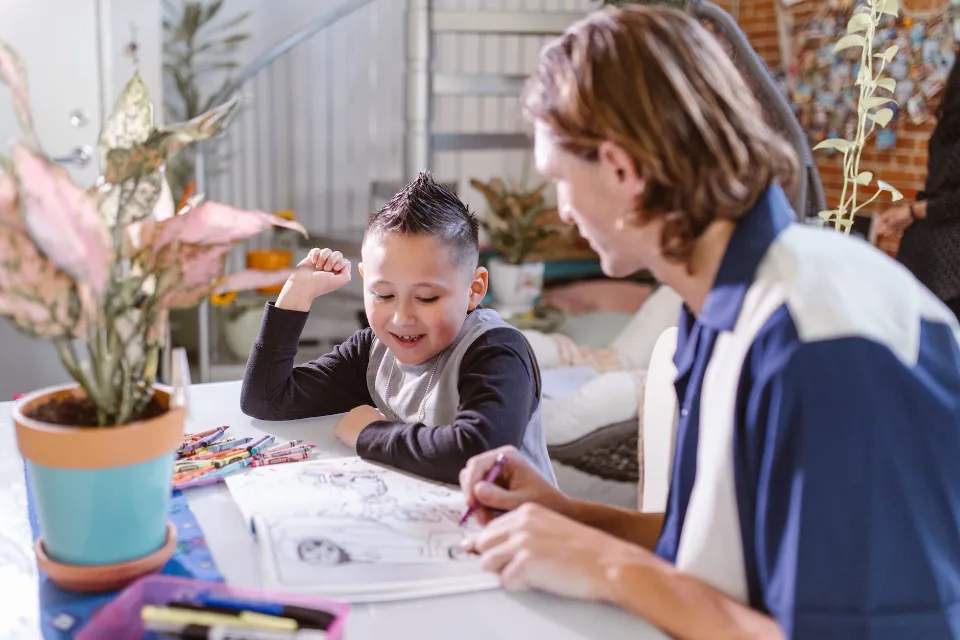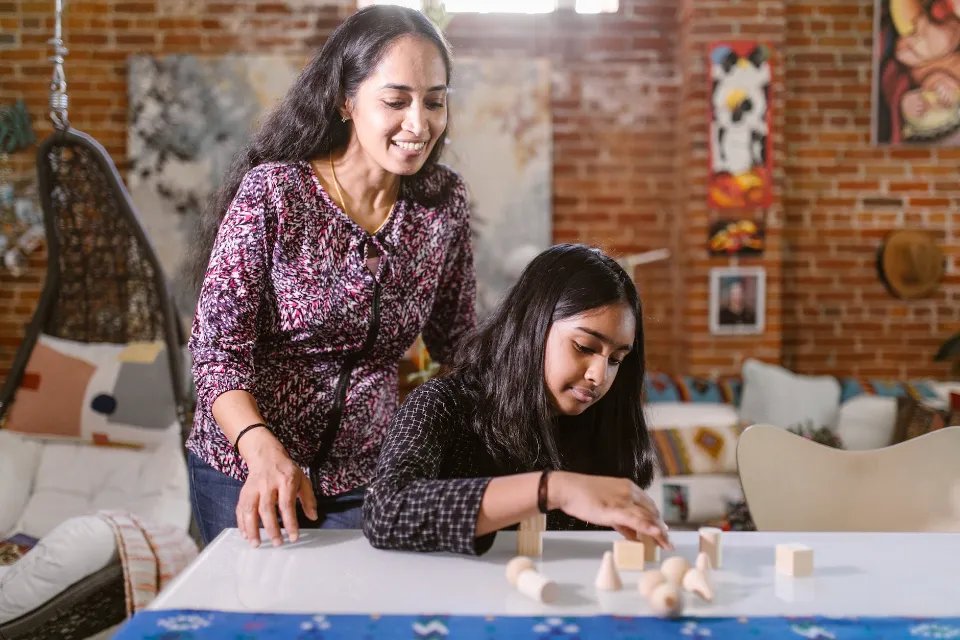
How to Make Homeschooling Fun? 10 Creative Ways
Workbooks and flashcards can be used sparingly when homeschooling. This year, try one or all of these suggestions to make your homeschooling more enjoyable.
Is the current stage of your homeschooling boring? Are your children’s eyes glazed over as you simply follow the curriculum as planned? Do you want to be the “fun homeschool mom,” but have no idea how to make school fun? What are the most effective activities for homeschooling that you can include in your daily lessons to keep your child interested and involved?
There are many different indoor and outdoor homeschool activities to consider trying. To get started, continue reading below!
Read: Why Do People Choose Homeschooling?
Schedule a Music Lesson
You can help your child learn new skills or hone existing ones by signing them up for music lessons. You can arrange for a music teacher to visit your home for the lesson, or you can take your child to the studio. Depending on your schedule and what works best for you, that option may be the best choice.
Lessons typically last 30 to 60 minutes and provide more than just musical knowledge. Your child will learn how to set and accomplish their own goals while also enhancing their mental well-being.
Your child can meet other kids their age who are taking the same lessons by signing up for music lessons or other classes like gymnastics, swimming, and more.

Conduct a Cooking Class
Any student should take home economics as a serious subject. The fundamentals of household management are taught in this course. Take advantage of this opportunity to impart some cooking knowledge to your child!
Here, they’ll learn some basic culinary skills, which they’ll keep with them for the rest of their lives. As you teach them, remember to consider their age when doing so. Learning how to cook might also include peeling vegetables, cutting different foods using a knife, and measuring ingredients.
Don’t be afraid to use the cooking class as a way to enhance your math abilities as well!
Read Together at the Library
As a parent and homeschool educator, you are well aware of the value of reading to a child’s development. Reading a book at home every day for 30 minutes can get a bit boring at times. Consider going to your neighborhood library and reading a book there with your partner if you want to spice things up a bit.
Even different reading groups or activities are provided by some libraries for homeschooled children. Review the library’s daily schedule and register for the various events they host there.
Go on a Nature Walk for Exercise
Nature hikes are advantageous for two reasons. They start by giving you and your kid exercise. You can use a nature walk as their physical education class.
Think about engaging in a variety of physical activities during the walk, such as jogging, stopping to perform jumping jacks, and more. Second, nature walks present a wonderful opportunity for you to teach your child about science and nature. For young children, many nature parks and trails offer educational programs.
Check out the programs that are offered at the various nature parks in your area and make sure to include them in your schedule.

Access Online Educational Games and Shows
There will be times when you are unable to leave the house, despite the fact that frequently leaving the house is a great way to make homeschooling enjoyable. Always have a backup strategy in place in case something like this occurs. Know your resources.
Your kids can take advantage of a variety of online educational games and programs. Numerous games, shows, and challenges are available in the subjects of math, reading, writing, science, and history. This allows your child some electronic time and can also be a lot of fun. They might not even notice they’re actually learning.
Enjoy Recess at a Local Park
A break is necessary for every parent and child who homeschools. Why not let them go to a nearby park for a break? Most traditional schools have a playground where kids can play together while they take a break for recess.
Local parks will offer the same type of equipment and will even have other children there for your child to play with. This is the perfect opportunity for you to unwind by taking a seat.
Let Them Get Messy With Arts and Crafts
Don’t be afraid to let your child get a bit messy with arts and crafts. Give them paper, canvases, paints, markers, and pastels. If practicing their artistic abilities outside will help them cope with the stress of a big mess, let them.
Lay down a large sheet to create a space inside or outside. Then, while teaching your child various painting and drawing techniques, let them get messy.
Read at a Local Library

A visit to the library has a certain effect on how exciting reading is for children. It’s a language arts paradise if you take your kid to the library, where there are countless books in a variety of genres and topics for them to choose from.
Having a library card is also an excellent way for your child to learn about being responsible and considerate of others. Pro tip: most libraries offer regular puppet shows or storytelling events that bring the books to life!
Libraries are useful for a lot more than just books, which you might not be aware of. At your neighborhood branch, you can find a range of educational resources, including videos and online databases. Your access to online repositories with tons of student-approved magazines and ebooks may also be made possible by your library card.
Mix Up Your Math Media
Although math can be difficult for some kids, it’s crucial for your child to have it on their regular daily homeschool schedule. To accelerate your child’s learning and make it fun at the same time, try using a variety of media. Use entertaining songs and math games as teaching aids. You’ll be astonished by how utilizing a variety of media can assist your child in understanding challenging math concepts.
It goes without saying that other subjects can also benefit from a multi-media approach to learning! Your child can learn history, language, and the arts in engrossing ways on the internet. To ensure that your child learns both on and off the screen, mix a variety of physical and digital media into their daily routine.
Take a Field Trip to the Zoo
Trips to the zoo are a blast for children of any age (parents included)! There are many learning opportunities at the zoo as well. Your child will get the chance to explore various habitats, discover the environment, and learn a few new words. Many zoos also provide educational programs and kid-friendly discounts.
Conclusion: Make Homeschool Fun
Homeschooling’s flexibility enables the creation of a dynamic learning environment. There is no set curriculum for learning. Did you know that children learn best through play and hands-on, in-real-life experiences? Plus, learning happens when you least expect it.
So, go with the flow of the day more often. When they arise, follow those interesting rabbit trails. When you can, scatter intriguing items and give visitors the chance to interact with them. You never know where they will take you.
Keep in mind that your family’s daily homeschool schedule will be distinct from that of another homeschool family. Continue experimenting, refer to the aforementioned template for a sample homeschool schedule as a guide, and keep in mind that you’ll probably need to modify your homeschool schedule as your child grows.
FAQs
How Stressful is Homeschooling?
In fact, homeschooling can be incredibly stressful. Poor attitudes and interpersonal dynamics, different learning needs and styles, and the many demands of work, school, and living all tangled up under one roof are just a few of the pitfalls that come with juggling home and education.
How Do I Socialize My Child in Homeschool?
Homeschool support groups, co-ops, field trip groups, and park dates all offer opportunities for your child to socialize with other children and make friends. These groups can be found through an online search; some of them are now on Facebook, so you might want to do a search there as well.


